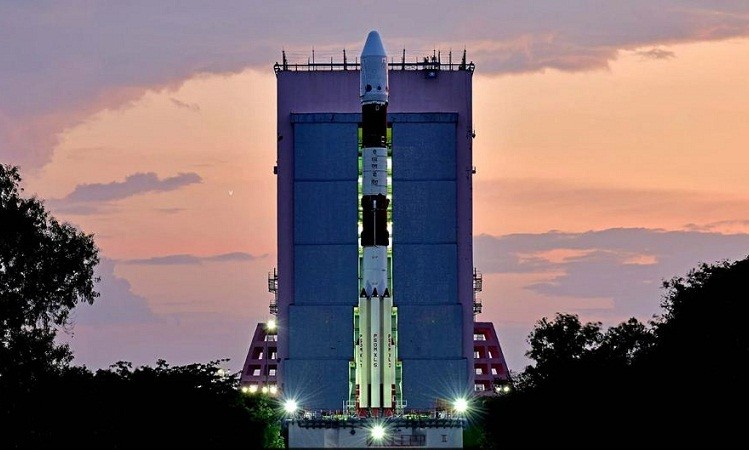
BANGALORE: India is gearing up for a significant space mission as it prepares to launch Aditya-L1, the nation's first solar space observatory mission. This launch is scheduled for 11:50 AM today, marking the culmination of several years of development by the Indian Space Research Organisation (ISRO).
Aditya-L1 will be carried into space aboard the PSLV's 59th flight, utilizing its XL configuration. This mission will place the spacecraft into a highly eccentric Earth-bound orbit. From there, the spacecraft will execute multiple orbital maneuvers using its liquid apogee motors (LAM). These powerful engines are instrumental in propelling Aditya-L1 towards its ultimate destination: Lagrange Point-1 (L1), situated approximately 1.5 million kilometers away from Earth. To put that into perspective, L1 is just 1/100th of the distance between Earth and the Sun.
The primary objective of Aditya-L1 is to study the Sun comprehensively. It carries seven distinct payloads, with five developed by ISRO and two in collaboration with academic institutions. These payloads are designed to observe and analyze various aspects of the Sun's behavior and phenomena.
The name "Aditya" is derived from Sanskrit, meaning "the Sun," while "L1" refers to Lagrange Point 1 in the Sun-Earth system. L1 is a unique location in space where the gravitational forces of two celestial bodies, in this case, the Sun and Earth, balance each other, allowing an object placed there to remain relatively stable with respect to both celestial bodies.
Following its launch on September 2, Aditya-L1 will spend 16 days in Earth-bound orbits, during which it will undergo five maneuvers to gain the necessary velocity for its journey. Afterward, it will execute a Trans-Lagrangian 1 Insertion (TLI) maneuver, initiating its 110-day trajectory toward the L1 Lagrange point. Upon reaching L1, another maneuver will bind Aditya-L1 to an orbit around this balanced gravitational point located between Earth and the Sun.
Throughout its mission, Aditya-L1 will orbit L1 in an irregularly shaped orbit, positioned in a plane roughly perpendicular to the line connecting Earth and the Sun. This strategic placement ensures that Aditya-L1 maintains an uninterrupted view of the Sun, accessing solar radiation and magnetic storms before they are influenced by Earth's magnetic field and atmosphere. Furthermore, the gravitational stability at L1 minimizes the need for frequent orbital adjustments, optimizing the satellite's operational efficiency.
India's solar mission follows the success of its lunar endeavor, Chandrayaan-3. Aditya-L1 represents a significant step for ISRO into the study of solar activities and their impact on space weather. The mission's scientific objectives encompass the investigation of coronal heating, solar wind acceleration, coronal mass ejections (CMEs), dynamics of the solar atmosphere, and temperature anisotropy.
To achieve these goals, Aditya-L1 is equipped with seven scientific instruments, including the Visible Emission Line Coronagraph (VELC) for corona imaging and spectroscopy studies and the Solar Ultraviolet Imaging Telescope (SUIT) for photosphere and chromosphere imaging (narrow and broadband). Additionally, it features the Solar Low Energy X-ray Spectrometer (SoLEXS) for soft X-ray spectrometry, the High Energy L1 Orbiting X-ray Spectrometer (HEL1OS) for hard X-ray spectrometry, the Aditya Solar Wind Particle Experiment (ASPEX) for solar wind analysis, the Plasma Analyser Package for Aditya (PAPA) for solar wind particle analysis, and the Advanced Tri-axial High Resolution Digital Magnetometers for in-situ magnetic field studies.